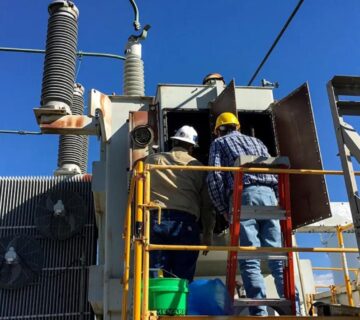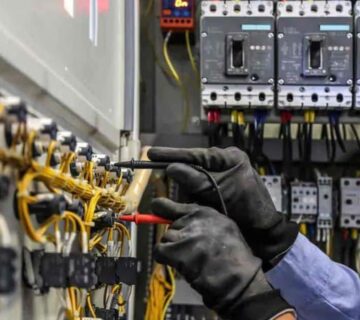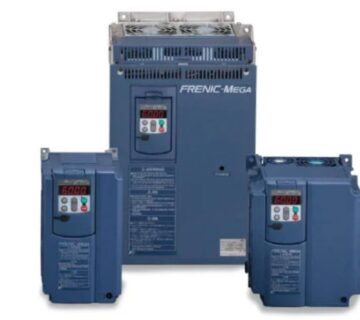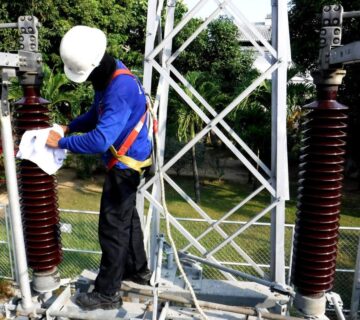Substations are key components in the power distribution network, ensuring that electricity is properly transformed and routed to homes, businesses, and industries. Regular substation testing is crucial to maintain the efficiency, safety, and reliability of these systems. In this article, we explore the importance of substation testing and the key practices involved in keeping substations in optimal condition.
1. Verifying Equipment Performance
Substation testing helps verify the performance of key components like circuit breakers, transformers, and relays. Regular testing ensures that these elements are operating as intended and within the required parameters. By conducting performance tests, you can confirm that the substation is functioning efficiently and reliably, minimizing the risk of power interruptions.
2. Identifying Faults and Weaknesses
Over time, substation equipment can experience wear and tear, leading to potential faults or weak spots in the system. Substation testing helps identify these issues early, such as insulation failures, loose connections, or faulty components. Timely detection allows for repairs before problems escalate into costly breakdowns or power outages.
3. Ensuring Safety and Compliance
Substations are high-voltage environments where safety is of utmost importance. Regular testing ensures that all equipment is compliant with safety standards and regulations, reducing the risk of accidents like electrical fires or electrical shocks. By verifying that safety devices such as grounding systems and protective relays are functioning properly, substation testing helps protect both personnel and equipment.
4. Enhancing Operational Efficiency
Efficient power distribution relies on the seamless operation of substation equipment. Substation testing ensures that all systems are running at optimal performance levels, reducing energy losses and improving overall operational efficiency. Well-maintained equipment leads to lower energy costs and a more stable power supply to the grid.
5. Supporting Long-Term Maintenance and Planning
Substation testing plays a crucial role in long-term maintenance planning. Test results provide valuable insights into the health of equipment and the need for future upgrades or replacements. By regularly assessing the condition of substation components, utilities can plan maintenance activities effectively, preventing unexpected failures and minimizing downtime.
Conclusion
Substation testing is essential for ensuring the reliable, safe, and efficient distribution of power. Through regular testing, utilities can verify equipment performance, identify faults, ensure safety compliance, improve operational efficiency, and support proactive maintenance planning. By prioritizing substation testing, power distribution systems can operate smoothly and securely, minimizing disruptions and ensuring consistent power delivery.








No comment